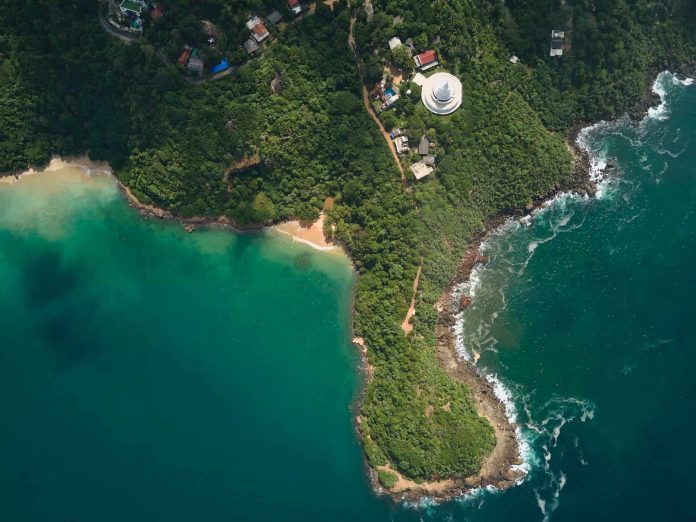Sri Lanka is an island nation that currently exists as an independent country in the Indian Ocean separated from the Indian subcontinent. The history of Sri Lanka is more than 3000 years. But prehistoric human history spans more than 120,000 years. there were several ethnic groups who were known as Yakkha and Naga in the country. Among these, it is said that the Yakkha tribes had a prominent place and they had a matriarchal society. But later in the Indian civilization, The concepts spread throughout the island.
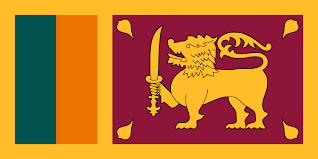
Ancient History Of Sri Lanka
Early Inhabitants and Civilization
It was after the invasion of King Vijaya with 700 of his people who are said to have come to Sri Lanka from North India. Later he married a Sri Lankan demonic tribe’s princess called Kuveni and defeated the demonic tribes by war with her help and Vijaya became the King. Kuveni became the king’s wife and mother of two children.
But Later, Kuveni and the two children were kicked out of the palace in order of King Vijaya hoping to marry an Indian woman. Unfortunately, They could not rejoin the Yaksha tribes because Kuveni helped Vijay to defeat the Yaksha tribe by betraying her own tribes. on reason, the Yakkha tribes killed Kuveniya, and the children fled to the deep jungle. It is said that the Sri Lankan Vedda people generation was born from those surviving children.
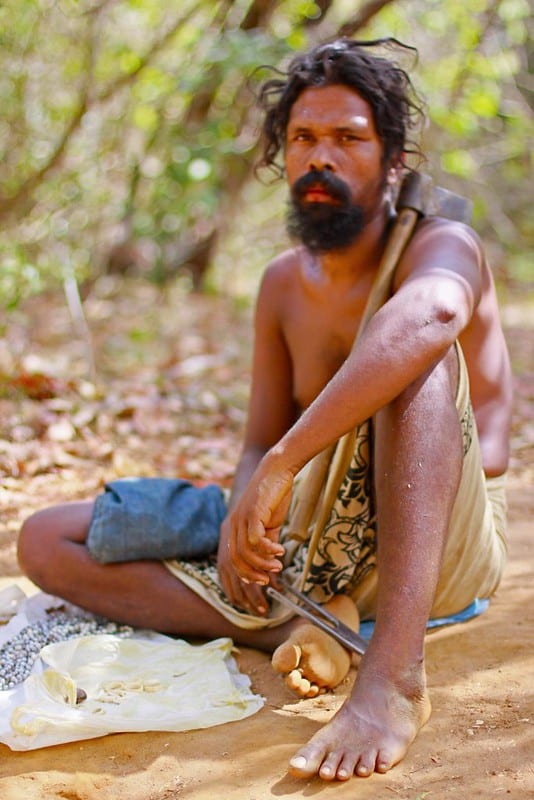
There was no successor to take over the rule of Sri Lanka after the rule of King Vijaya because he had no more children after Kuveni’s children. King Vijaya had to invite the son of his brother in India, Prince Paduvas, to be king after him. He and 32 others came to Ceylon and later he became the king of Ceylon and continued the Vijaya dynasty.
They built sub-settlements around Anuradhapura and started to settle the Indo-Aryan people who came from northern India in Ceylon.
King Paduvas was a father of 10 sons and one daughter called Unmadha Chithra. and also According to the time of the daughter’s birth, fortune tellers predicted that a son born to her in the future would kill her 10 brothers and become the king and the princess should be killed. But since her mother and father had been influenced by Buddhism when they were living in India, they did not like it but decided to keep her hidden from men and country people.
But later anyhow there was happened an upside-down incident in the Vijaya dynasty. It was Unmada Chithra giving birth to a son as a result of the secret love between her and her brother-in-law, Digha Gamini. Digha Gamini’s mother belonged to the Yakkha tribes
after that the prince called Pandukabhaya who was the son of Unmada Chithra killed 10 of his uncles who were the king’s successors and became the king making fortune tellers statements true. Later he also chose Anuradhapura as his kingdom and developed Anuradhapura into a well-planned city that marked village boundaries throughout the country and spread the civilizations. Thus, the Sri Lankans can be described as a combination of Indian and native tribal people.
In the history of the Sri Lankan people, there were 3 special occasions when basic cultural and social changes took place during the evolution of the present Sri Lankan today. Thats are
- Mihidu Maharahat’s visit to Ceylon
- Invasions like Portuguese, Dutch, and English
- The open economy program was introduced in 1977 after the independence
The Arrival of Buddhism
Mihidu Maharahat’s visit to Ceylon
After Emperor Ashoka who ruled the whole of India embraced Buddhism, his son Mahinda (Mihidu) and daughter Sangamitta also followed the Buddhist philosophy and became arahants. In the 271nd century BC, Mihindu Arahant came and at this time the reigning king in the country was one of Pandukabhaya’s grandsons called Devanampiyatissa.
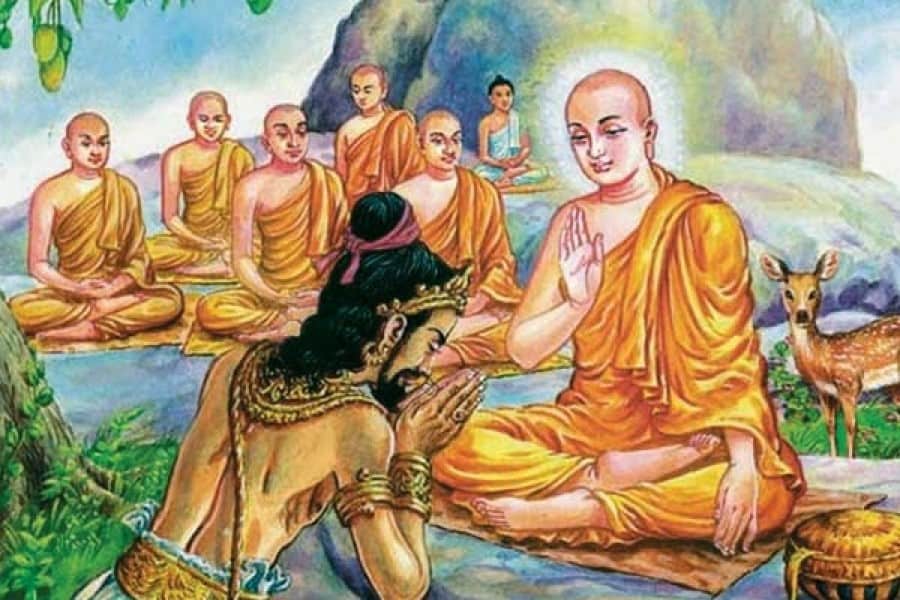
At that time, the Sri Lankan nation was very poor in terms of religion, culture, economy, language, art, and literature. Mihindu Thero was able to liberate the Sri Lankan people from it and turn the island into a center of prosperous Theravada Buddhism recognized in the world.
Accordingly, with the advent of Mahinda, the people of the country progressed towards civilizational progress. Sri Lankans were able to become experts, especially in architecture and irrigation technology.
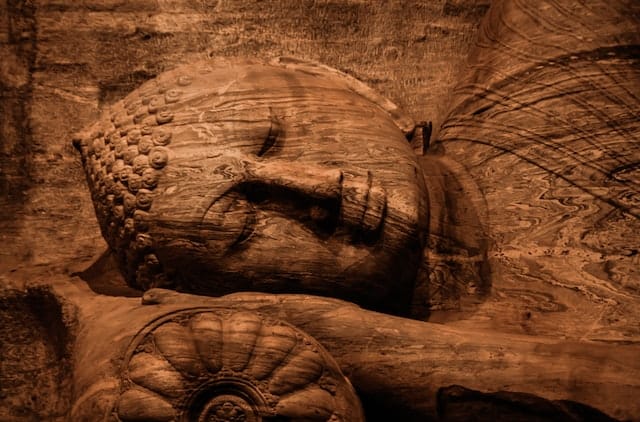
After the Sri Lankan kings embraced Buddhism, the country’s official religion became Buddhism, and the government was conducted in a Buddhist tradition. Even the later Tamil kings had to follow that tradition.
Hindu and Islam History of Sri Lanka
Due to the invasions that took place in the later period, the kingdoms collapsed and the south-westward migration of kingdoms led to the emergence of South Indian Hindu settlements in the North and east areas.
also, Ceylon built and maintained institutional relations with east-west traders and as a result of this, Arab traders settled in Ceylon, and Muslim priests spread Islam in the country.
Colonial Era
Portuguese Colonial Period
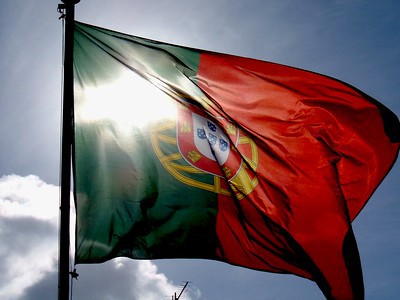
The first Western invasion of Sri Lanka was by the Portuguese in 1505. In the early days, they took control of the coastal areas and ruled those areas. From them, the Sri Lankan culture received Portuguese names, food concepts, and clothing styles and the spread of catholicism also took place because the coastal people embraced catholicism. Also, they brought workers from foreign countries and later they settled in the country and joined Sri Lankan society by adding small parts to the culture. Also, Portuguese words have been added to the Sinhala language. the Sinhala words used for words such as tables, shoes, shirts, etc. are among the things got from the Portuguese.
Dutch Colonial Period
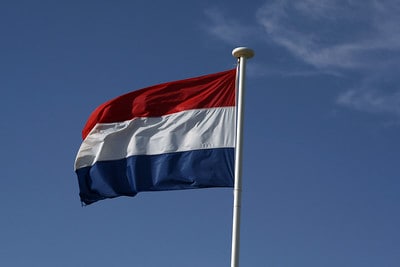
AD In 1640, the Dutch came to Ceylon by invading the areas controlled by the Portuguese and received the support of the Sri Lankan kings. They entered the spicy trade in Ceylon and gradually influenced the culture and governance. Among them, Roman-Dutch laws, administrative systems, governance systems, and new economic policies have also been introduced.
Improvement of commercial crop cultivations, new commercial crop introduction, as well as new laws were introduced to increase agriculture in the country, and proposals such as confiscation of uncultivated land were also taken. Also, the dams and lakes have also been reformed to get the water required for agriculture. They also introduced new and convenient means of transportation and built such as the Hamilton Canal and highways. At this time, Protestant Christianity, which was the Dutch religion, was also propagated and spread.
And it is the Dutch who have started educating children by introducing the concept of schools. The school was established in several villages and things such as reading, writing, and the Christian religion were taught in the schools by making it compulsory for children to go to school. during the period of Dutch rule, Sri Lankan society has seen the addition of new fashions as well as the nation of Burghers.
also, some Dutch words have been added to the language, and also foods like cake. during the Dutch rule, the Country was rapidly commercialized, and new cities were created. Among them, Negombo and Galle are examples. With the construction of Dutch forts all over the country, Dutch architecture has been added to Sri Lankan architecture.
Also, there has been the emergence of industries related to architecture, for example, the tile industry and the carpentry industry. Also, the use of money increased in the heavily commercialized Sri Lankan economy, the system of earning money was changed and rural people started to come to work in the city to earn money.
British Colonial Period
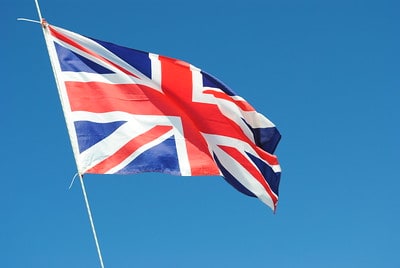
Sri Lanka was a colony of three European countries: Portugal-Netherlands and Great Britain. Remnants of these three nations can still be seen today, but the most notable is the influence of Great Britain, the last occupation before independence in 1948.
Tea culture
Sri Lankans still follow to some extent the language, culture, food, sports, and British fashion as well as customs. Sri Lanka was known as ‘Ceylon’ when it was a British colony from 1815 to 1948. Due to this, Sri Lankan tea is popular all over the world as ‘Ceylon Tea‘.
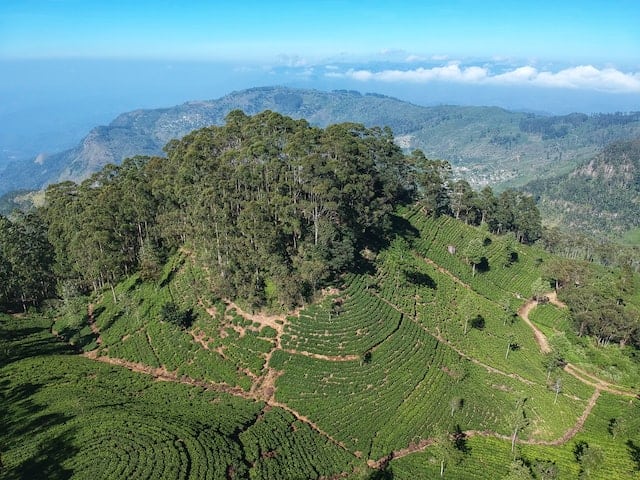
Even today flight attendants serve tea to passengers on Sri Lankan Airlines flights asking “Would you like some Ceylon tea?” Asking out loud.
After the British acquired the lands in the hills including the upcountry experiments were carried out by cultivating various crops. Finally, They spread tea plantations throughout the Central Highlands and even today tea has become an extremely important part of the island’s economy and culture.
Language
Sri Lanka currently has three official languages. ie Sinhala, Tamil, and English. Although the Sinhalese used a few words in Dutch and Portuguese languages, only English was fully included in the education system.
English is taught as a compulsory subject along with local languages in all schools and a person who has mastered English well is considered an essential qualification even to get a good job. It is a law to display signs in all three languages throughout the island and not only in higher education, business, courts, and banking but also in many private offices, English is widely used nowadays.
It is also for these reasons that Sri Lankans speak English to some extent similar to the British accent.
Sports
During the colonial period, British officials settled on the island, and they brought many things to the island including recreational sports and cultural elements.
Three notable sports brought over from Britain are cricket, golf, and rugby.
At present, cricket has become the most popular and the most money-circulating sport in the country. It is the least popular in England. currently, cricket matches are organized throughout the year in Sri Lanka, and teams have been created by providing cricket training in schools.
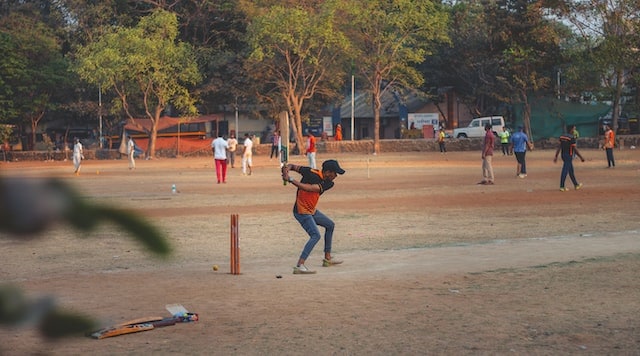
British officials built three golf courses in the cities of Colombo, Nuwara Eliya, and Kandy, all of which are still in operation today. However, with many calling it a “richer men’s game”, golf has become alienated from the common man. although Sri Lankans have not strongly embraced rugby, matches are frequently organized at school and club levels.
Infrastructure Improvement
The construction of highways and railways began during the colonial period with the expansion of the tea industry and the prosperity of the countrymen.
A school system was established throughout the country and many official buildings like the old parliament building in Colombo, the court buildings, the National Museum, and the Nuwara Eliya Post Office were also built
Meanwhile, the British built bungalows for the tea planters in the hills, and most of them are currently operating as tourist hotels.
Places like the ‘Edison’ bungalow in Haputale built by them have become popular tourist spots today.
The British worked to build large parks in Colombo and Nuwara Eliya, the most popular of which are Victoria Parks in Colombo and Nuwara Eliya. At present, Colombo Victoriya Park has been renamed Viharamahadevi Park.
Railway
Of all the infrastructure that the British left behind, the most important were the railways that were built to connect the entire country.
The first laying of railway tracks in the country took place during British rule, and they worked to establish a railway system to connect all regions. Among these, the railway tracks at high places like Demodara, Ohia, and Pattipola, as well as Nine Arch Bridge are known all over the world as amazing designs.
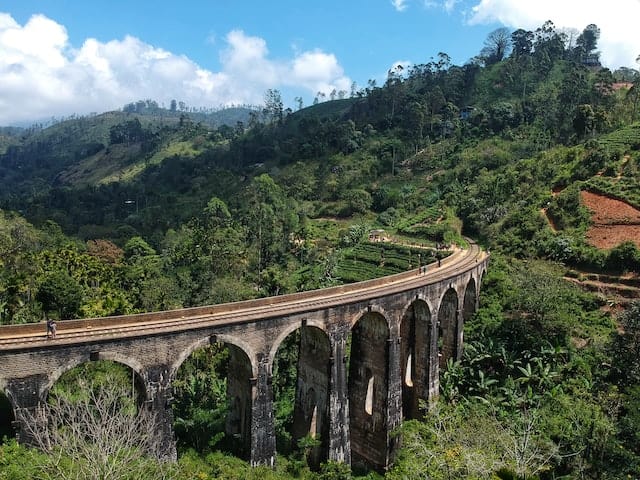
British law, administrative methods, tax payment methods, education, and many other things are still in effect in Sri Lanka today. As a member of the Commonwealth of Nations, many political and trade deals are also currently in place between the two countries.
However, it is mentioned in the history books that many crimes including murders, riots, looting of resources, and slavery took place during those 3 colonial periods. Even so, Sri Lankan people are known as the most generous people in the world by incorporating the best methods of those nations into their culture and social system.
Today, This island has become a nation has a very rich culture made up of a collection of small good cultural parts of the various nations. The Country is so beautiful that it is a popular destination around the world and enough to inspire tourists to visit Sri Lanka.
Independence and Modern Sri Lanka
Struggle for Independence
1948 marked a momentous year as Sri Lanka gained independence from British rule. Figures like D.S. Senanayake and Sirimavo Bandaranaike played pivotal roles in the nation’s journey towards sovereignty. The transition to self-governance was not without challenges, but it marked a significant turning point in Sri Lankan history.
Post-Independence Challenges
The post-independence era witnessed complex socio-political issues, including ethnic tensions between the Sinhalese majority and the Tamil minority. The nation grappled with these challenges while striving for economic growth and stability.
Civil War and Conflict
Tragically, Sri Lanka endured a prolonged civil war that lasted for nearly three decades, primarily between the government and the Liberation Tigers of Tamil Eelam (LTTE). The conflict had a profound impact on the nation. In 2009, the Sri Lankan government declared victory over the LTTE, bringing an end to the civil war. Since then, Sri Lanka has focused on reconciliation, economic growth, and strengthening its international ties.
Impact of the 1977 Open Economy Policy
After independence from the British, the Sri Lankan people’s lives and the economy turned upside down in 1977 when the United National Party government introduced the open economic policy. On the advice of international institutions such as the International Monetary Fund, the World Bank, and the United Nations, the government changed the direction of the economic program of the country and opened up the economy to both domestic and foreign markets.
Through this, the local, foreign, public, and private sectors were connected to the economy of the country and the aim was to move the country towards rapid development. by connecting the foreign private sector to the local economy, it is possible to rapidly develop the economy of developing countries by taking the necessary technology and expertise for the country’s development.
Improvement of infrastructure facilities and construction of factories aimed at domestic and foreign markets are a few of a lot of good things that the country received through this policy.
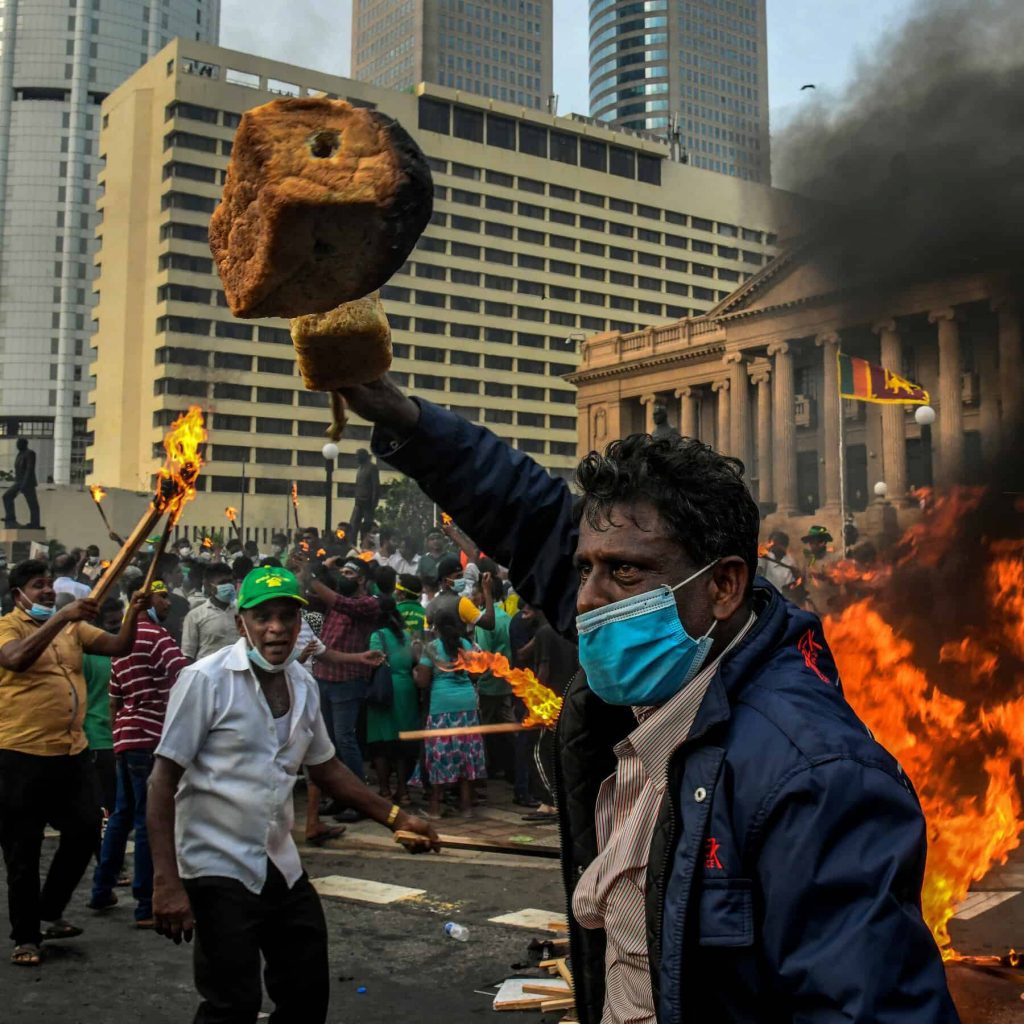
However, at the same time, there are other consequences and a country can be developed by controlling the adverse effects. However, due to the failure of the government to control the negative results of the open economic policy, the domestic entrepreneurs were forced to fail due to the acquisition of the local market by international multinational companies.
Since the existing governments have followed a silent policy, the government income has decreased and the government has had to depend on foreign loans to control expenditure. Because of this, the dysfunctions of the government since 1977 have made Sri Lanka a country that is burdened with debt in the world. Corrupt politics and poor state service have also contributed to this.
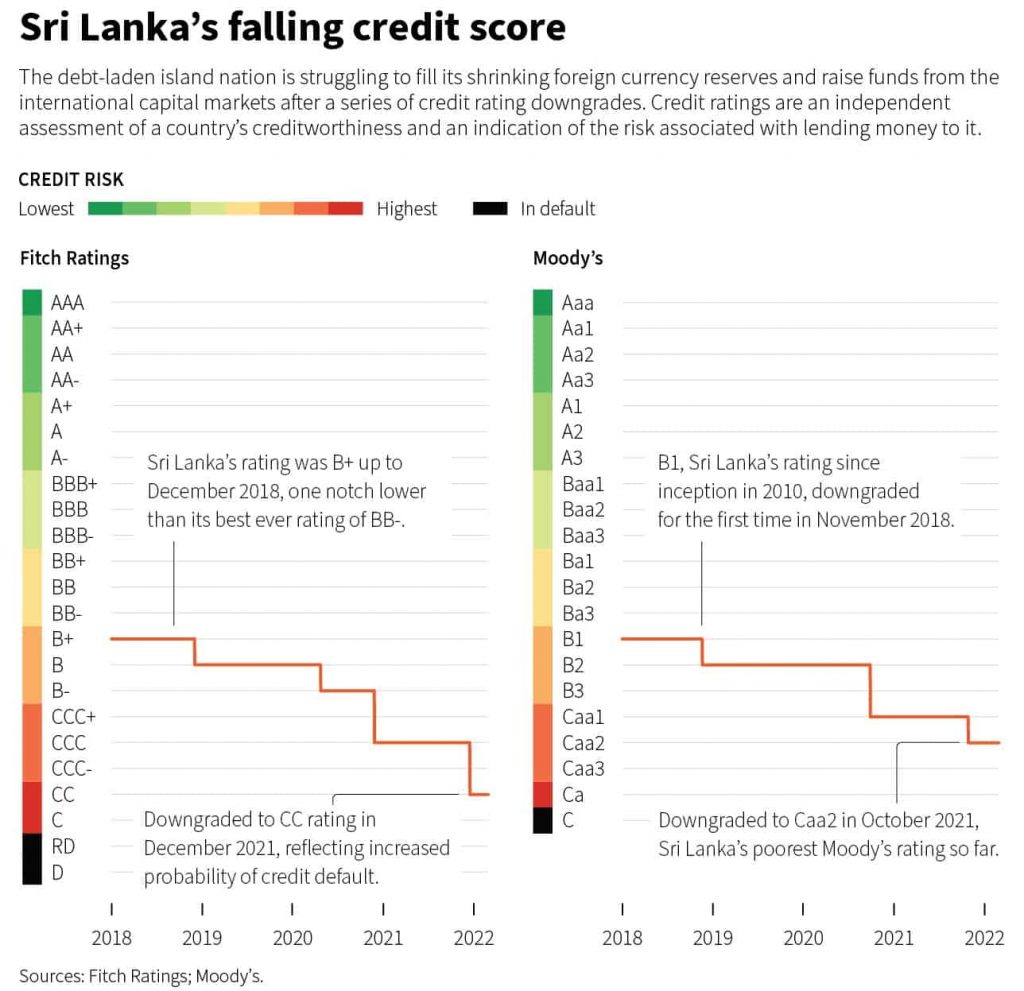
Due to the open economy of 1977, the economic development rate of the country after 1977 was twice as fast as the value before 1977, but due to the inability of the existing governments to control the adverse conditions, Sri Lanka has inherited a weak economic development rate.
Sri Lanka Today
Sri Lanka has come a long way since gaining independence. Its economy has diversified, with industries such as tourism, textiles, and information technology playing crucial roles. Despite challenges, the country continues to progress, attracting tourists from around the world.
In conclusion, the history of Sri Lanka is a captivating narrative that spans ancient civilizations, colonial rule, and modern nationhood. From its earliest inhabitants to the challenges of the present day, this resplendent island continues to evolve while cherishing its unique heritage. As we reflect on Sri Lanka’s history, we are reminded that its story is a testament to resilience, diversity, and the enduring spirit of its people.
FAQs (Frequently Asked Questions)
1. What is the significance of Anuradhapura in Sri Lanka’s history?
Anuradhapura is a sacred city that played a crucial role in the introduction and spread of Buddhism in Sri Lanka. It is a symbol of the island’s rich heritage and spiritual significance.
2. How did colonial rule impact Sri Lankan society?
Colonial rule, particularly by the Portuguese, Dutch, and British, left lasting influences on Sri Lanka, ranging from religion and culture to economic systems and infrastructure.
3. Who were some key figures in Sri Lanka’s struggle for independence?
Notable figures in Sri Lanka’s quest for independence include D.S. Senanayake and Sirimavo Bandaranaike, who played significant roles in shaping the nation’s destiny.
4. What are some of the major challenges faced by modern Sri Lanka?
Modern Sri Lanka grapples with challenges such as ethnic tensions, economic disparities, and environmental issues as it strives for continued progress and development.
5. How has Sri Lanka’s economy evolved since gaining independence?
Sri Lanka’s economy has diversified over the years, with sectors like tourism, textiles, and information technology playing vital roles in its growth and development.

